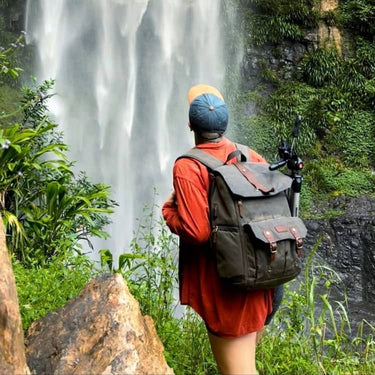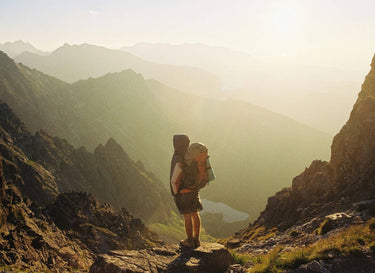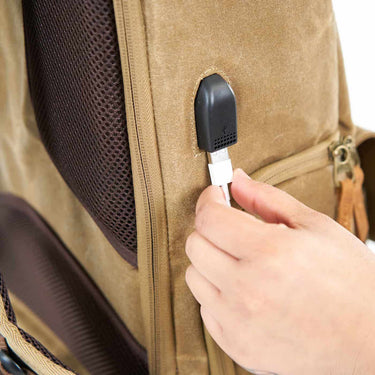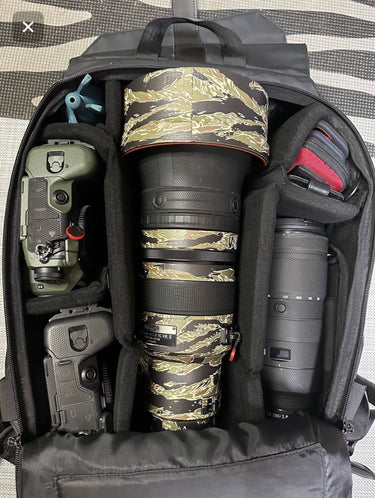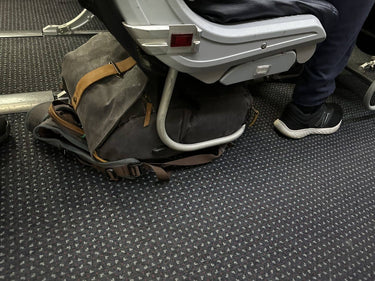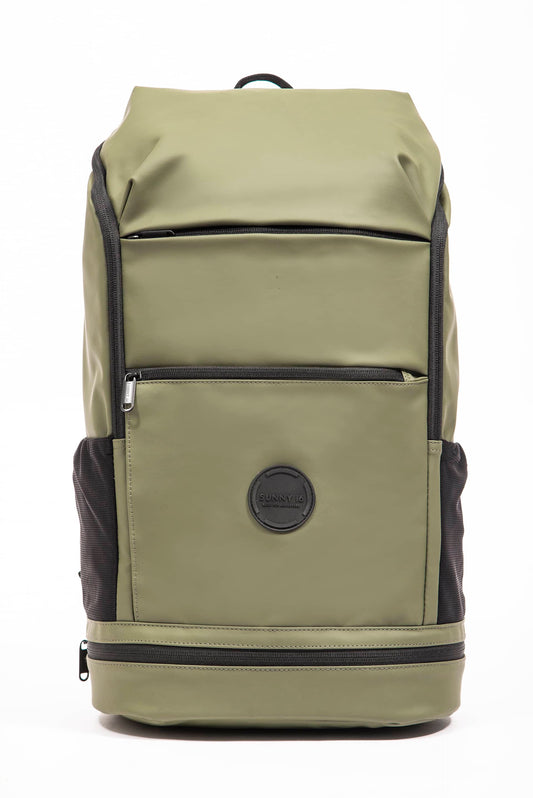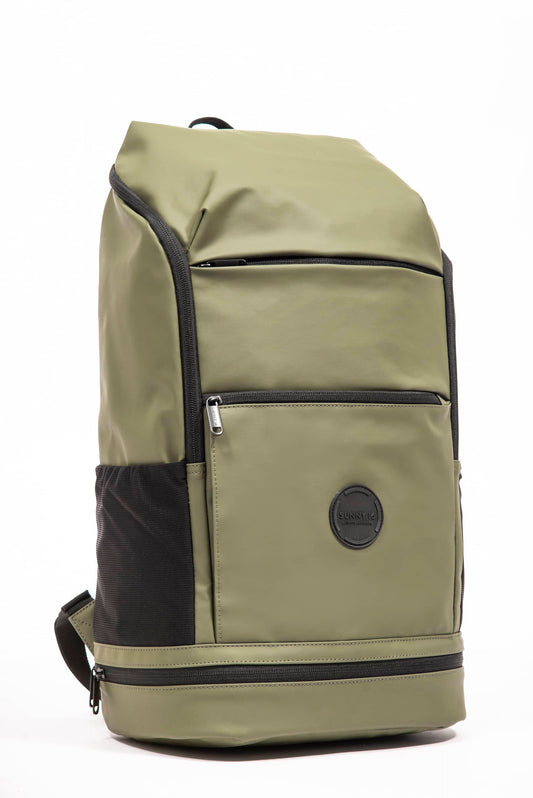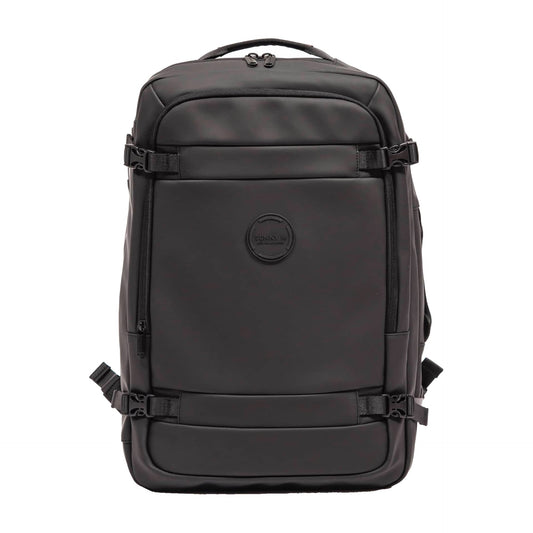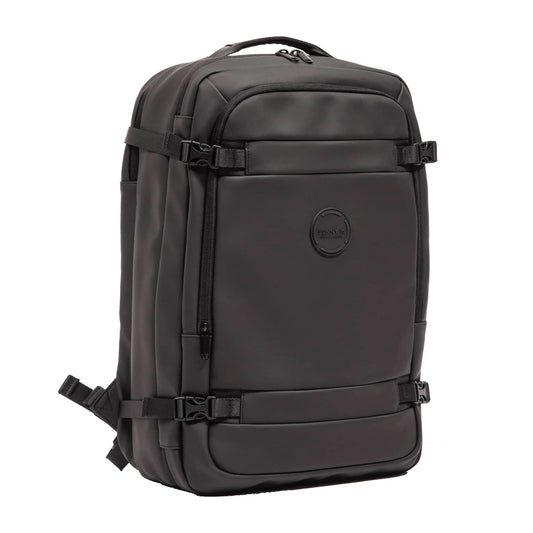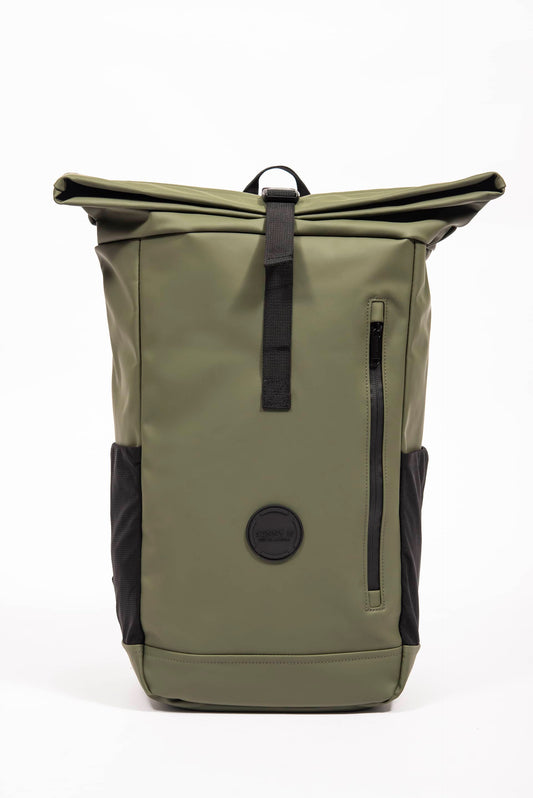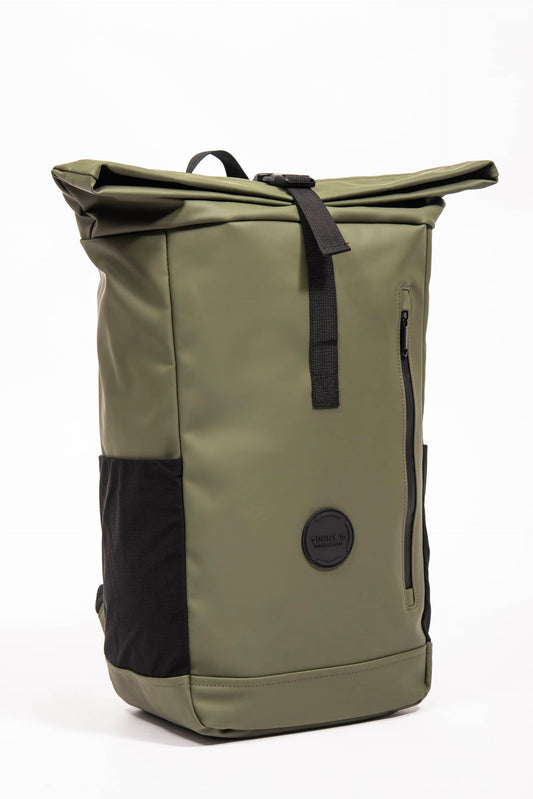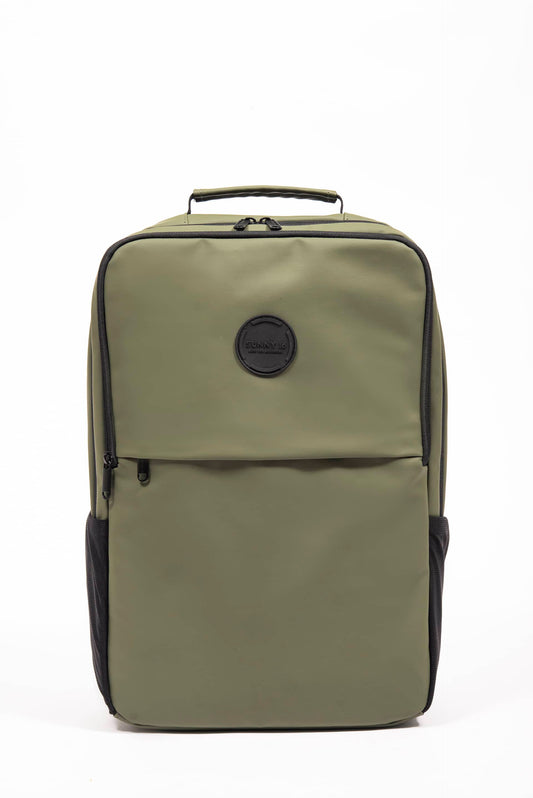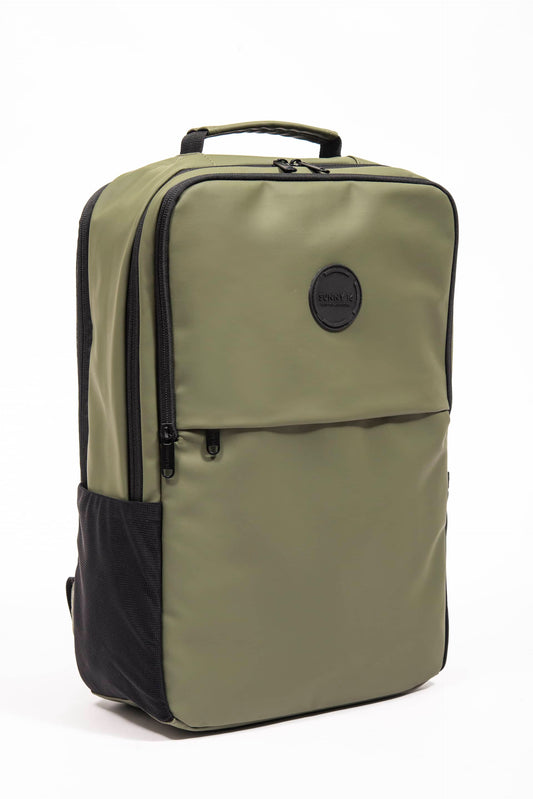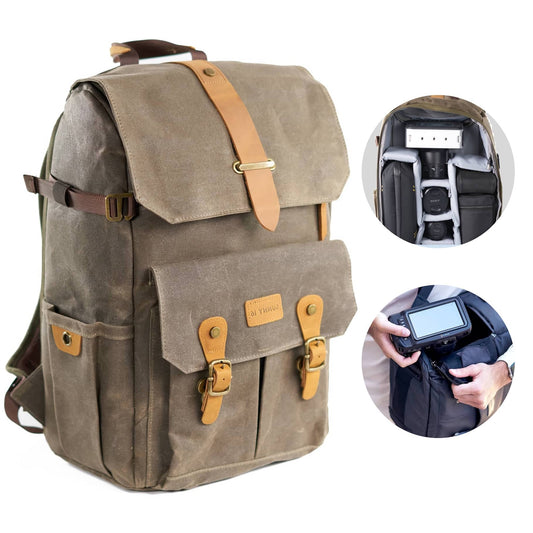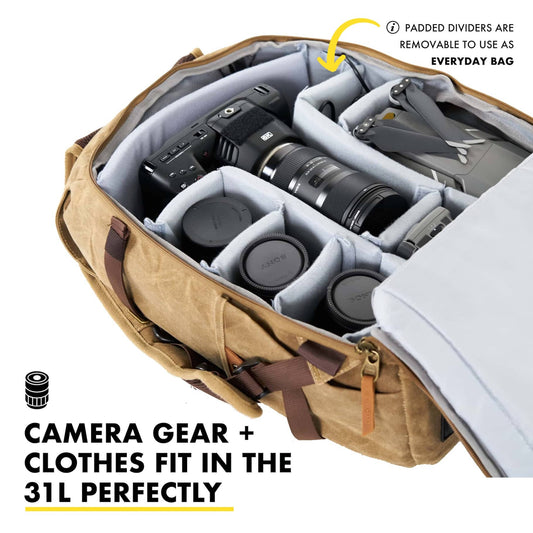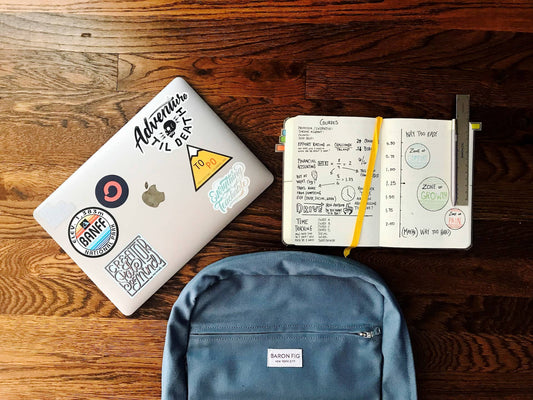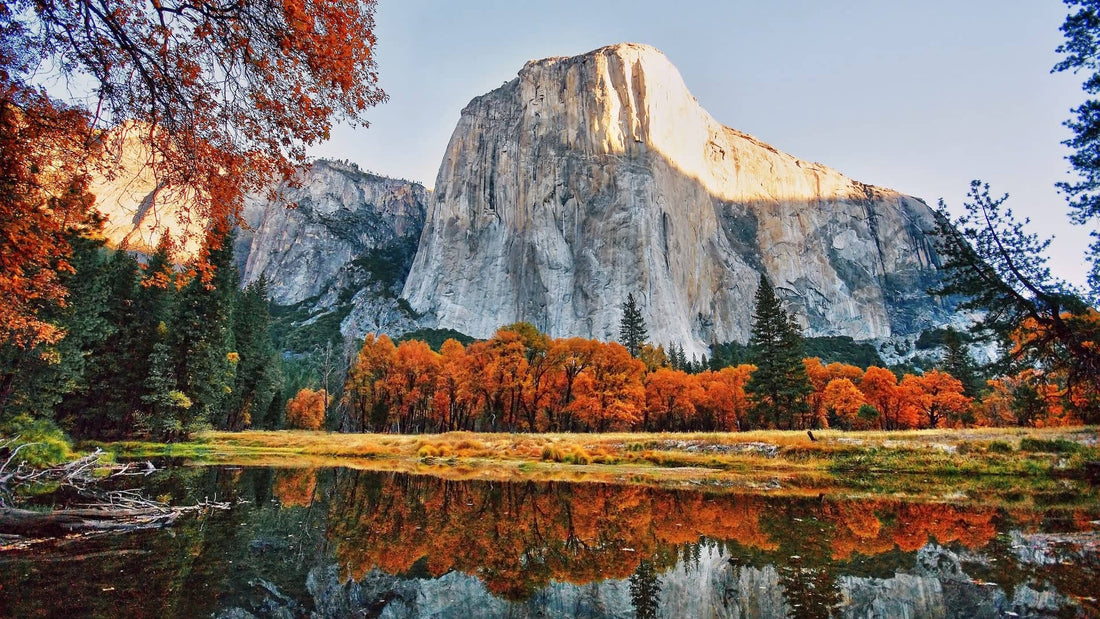
Yosemite Backpacking: How to Plan the Best Backpacking Trip
Share
Yosemite is one of the most beautiful places in California, and Yosemite backpacking trips can be one of the best ways to experience it. Imagine hiking among the Sequoia trees, mountains, and breathtaking waterfalls.
However, Yosemite backpacking is best experienced when you plan ahead of time. After all, no one wants their trip ruined by road closures, bears, or permit mishaps.
So, the question is how to backpack in Yosemite.
Luckily, this article will cover anything and everything you need to know about the best backpacking in Yosemite.
Yosemite Backpacking Basics
The first step to a great Yosemite backpacking experience is to go in prepared. If you’re new to backpacking, plan your trip with a more experienced hiker. Also, be sure to make a backpacking checklist, as that’ll prevent you from forgetting important gear!
Speaking of important gear, you’ll need a backpack for your backpacking trip.
We recommend the Sunny 16 Voyager Backpack; it’s got the size to hold all your gear, super comfy padded shoulder straps, and is made from a waterproof material. Its size and structure make it super versatile for any kind of hiking, camping, or photography. By far, it's the best camera backpack for travel.
If you're wondering how the Voyager bag would perform during a Yosemite trip or what items you should pack for your trip, watch the video below:
Also, if you want some extra space for accessories or a power bank, we also recommend the Sunny 16 Tech Pouch. Having all these items will ensure that you have one of the Best Yosemite backpacking trips.
Do you need a reservation to backpack in Yosemite?
As someone who wants to go on a Yosemite backpacking trip, you’ll need to make a reservation or get a permit. But, given that there are multiple Yosemite backpacking permits, which one do you need?
Well, your options include:
- COVID-19 Reservation. Due to the pandemic, Yosemite began requiring reservations to enter the park as of May 21st. However, you don’t need this reservation if you get a permit.
- Wilderness Permit. This permit is required for all overnight hiking.
We generally recommend a Wilderness Permit, as you’ll need it if you plan to backpack, hike or camp for multiple days. This permit is required year-round, even in winter. Permit distribution also tends to be first-come, first-served, so it’s a good idea to make your reservation in advance. Overall, a permit is essential for a backpackers campground in Yosemite.
Is it safe to backpack alone in Yosemite?
While Yosemite backpacking can be exciting, you should be well aware of your hiking ability and experience before you go. After all, the park spans the Sierra Nevada mountain range.
If you’re an experienced hiker, who knows their way around the mountains, it’s perfectly fine to backpack alone in Yosemite. However, we do recommend that you inform a friend or family member where you’re going and when you’ll be back before you head off. In the case of an emergency, this person will have the information they need to help.
On the other hand, if you’re an inexperienced backpacker, it’s a good idea to plan your Yosemite backpacking trip with others. That way, you can learn from other hikers, and avoid getting lost. Plus, you don’t want to be caught alone on a trail by a grizzly bear!
Where should I backpack in Yosemite?
Before you set off on your Yosemite backpacking adventure, you’ll want to plan your route. Fortunately, we have a list of some of the best backpacking trips in Yosemite National Park.
- Sunrise Lakes to Clouds Rest
- Little Yosemite Valley and Half Dome
- 10 Lakes Basin
- Cathedral Lakes
- Tuolumne Meadows to Yosemite Valley
- Tunnel View to Dewey Point
- Glen Aulin
These are all great choices, but you should always study the length and difficulty of a trail before you make your backpacking plans.
When should I start backpacking Yosemite?
While you can technically do a Yosemite backpacking trip in any season, there are some upsides and downsides to each one. These include:
- Summer. A beautiful and mild season, all trails will be open, but you can expect high traffic around the park.
- Autumn. Mild weather with some cold nights as the season progresses. Less busy than summer.
- Winter. A very vacant time of the year, but expect many road and trail closures.
- Spring. A popular time of the year to go backpacking, but expect to plan your trip in late spring if you don’t want road or trail closures. This is also a great season for seeing waterfalls, due to rain and snow melt.
Overall, you can start backpacking in Yosemite whenever you choose, but we recommend autumn or spring. These seasons offer balanced weather with beautiful views. On the other hand, summer comes with crowds, and your ability to travel in winter will be highly limited.
Up Next: The Best Camping Packing Checklist
Now that you know how to start planning your Yosemite backpacking trip, why not have a list of everything you need to go camping? After all, you’ll likely be spending nights in the wilderness. Check out our camping packing checklist!
And, don’t forget to let us know in the commons when you plan on making your trek out to Yosemite National Park.

